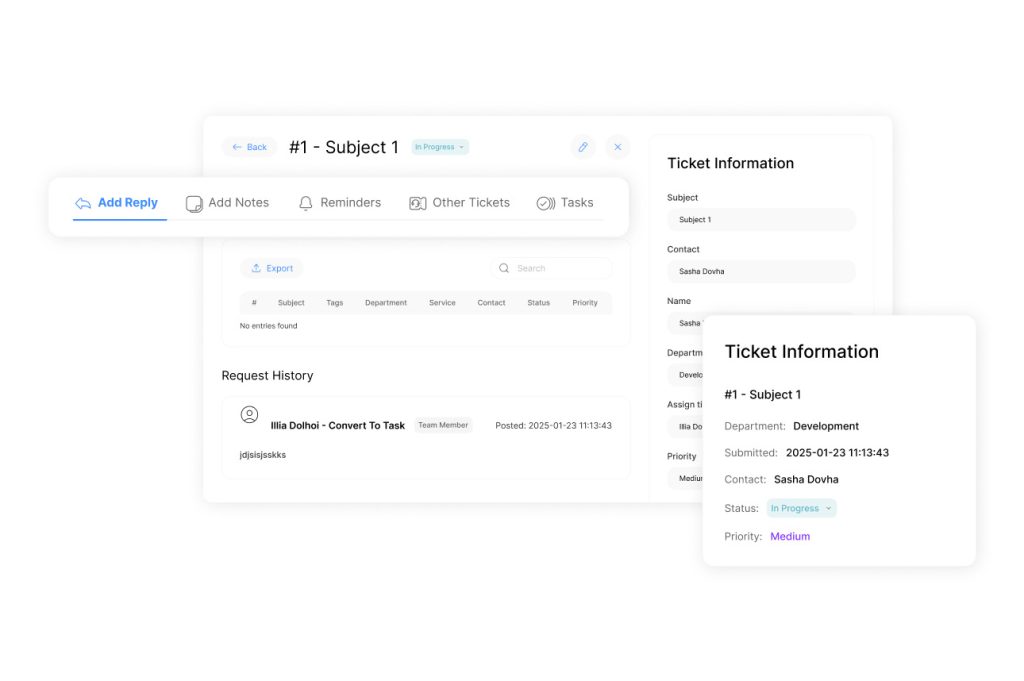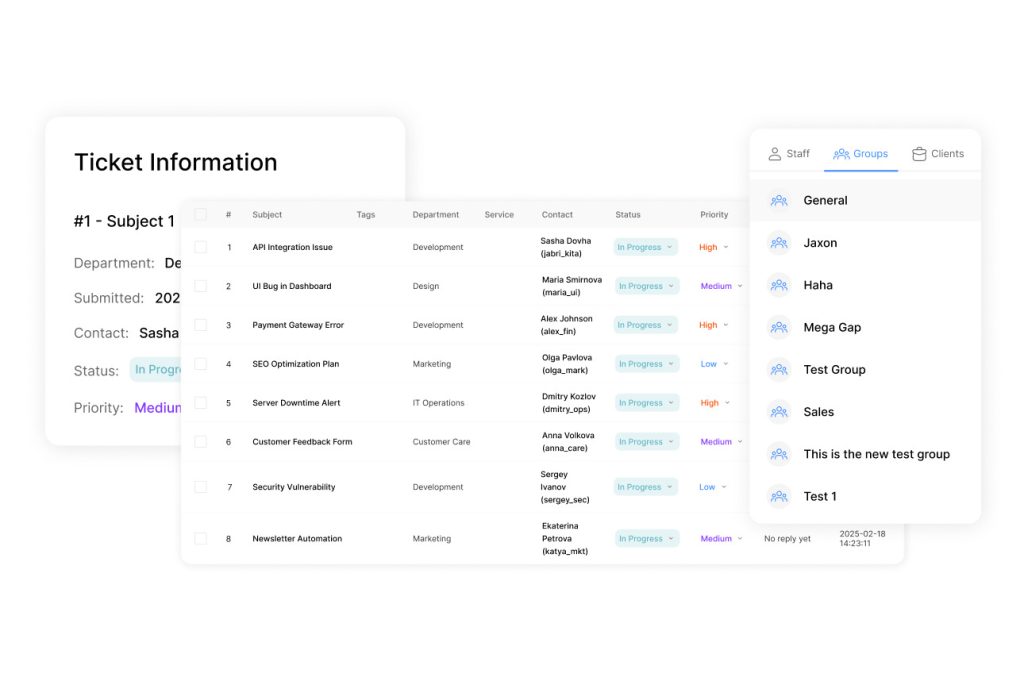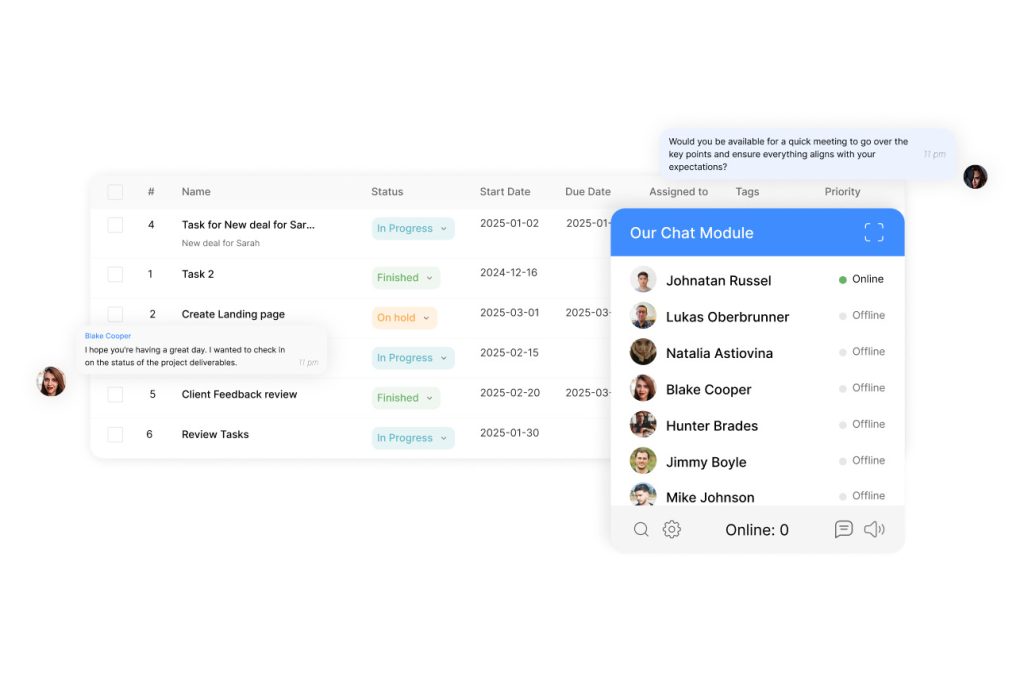Optimize Ticket Escalation Workflows for Efficient Support

Salesforce research shows 79% of customers expect consistent service interactions. Yet over half feel they’re passed between disconnected teams rather than working with a unified unit focused on swift resolutions. This gap highlights why refining escalation processes directly impacts productivity and satisfaction.
Many organizations struggle with fragmented support experiences. Customers often repeat details across multiple agents, creating friction. A strategic system for transferring complex issues ensures requests reach specialized personnel quickly. This approach reduces resolution times while maintaining service quality.
Businesses using optimized workflows see measurable improvements. Satisfaction scores rise by 18-22% on average, with 30% faster case closures reported. The key lies in balancing automation with human expertise – frontline teams handle routine queries while advanced cases get prioritized attention.
Modern solutions like those from ClearCRM demonstrate how structured escalation models enhance collaboration. They reduce agent burnout by 40% through clear role definitions and automated routing. Such systems turn reactive support into proactive relationship-building engines.
Key Takeaways
- Consistent customer experiences require seamless transitions between support tiers
- Strategic escalation reduces resolution times by 30% in most organizations
- Balanced automation preserves human judgment for complex decision-making
- Optimized processes improve adherence to service agreements by 25%
- Centralized systems prevent repetitive customer explanations across teams
Understanding Ticket Escalation in Support Operations
Harvard Business Review data reveals organizations with mature escalation protocols resolve critical issues 65% faster than those relying on ad-hoc methods. These structured systems ensure complex challenges reach experts while maintaining service continuity – a critical factor in preserving customer trust during problem resolution.
Defining the Process
Effective protocols follow five specialized pathways. Functional transfers route technical issues to department specialists, like moving software bugs from general support to engineers. Hierarchical reassignments elevate high-stakes decisions to senior staff, crucial for policy exceptions or VIP cases.
Automated triggers activate when systems detect urgent keywords or priority clients. SLA-driven models align responses with contractual obligations, while external partnerships address niche technical needs beyond internal capabilities. This multi-channel approach prevents bottlenecks through intelligent resource allocation.
Customer-Centric Outcomes
Transparent handoff notifications and progress updates transform frustration into confidence. Customers appreciate knowing:
- Their case reaches qualified specialists
- Resolution timelines stay predictable
- Context transfers automatically between teams
Companies using clear escalation frameworks report 27% fewer repeat inquiries. Proactive communication during transfers maintains service momentum, directly boosting satisfaction scores and loyalty metrics.
Key Benefits of Efficient Ticket Escalation

Gartner reports companies with refined transfer protocols achieve 45% faster case closures than industry averages. Structured systems for managing complex inquiries deliver measurable operational improvements while strengthening client trust. These solutions create value across three critical dimensions:
Reducing Resolution Times
Specialized routing slashes delays by matching issues with qualified experts. A 2023 ICMI study found teams using intelligent transfer systems resolve cases 30% faster than peers. This efficiency stems from:
- Automated prioritization of urgent requests
- Eliminated guesswork in agent assignments
- Real-time visibility into specialist availability
| Aspect | Traditional Approach | Optimized System | Impact |
|---|---|---|---|
| First-Contact Resolution | 52% | 78% | +26% |
| Average Handle Time | 42min | 29min | -31% |
| SLA Compliance | 67% | 89% | +22% |
Enhancing Customer Satisfaction
Smooth transitions between support tiers directly boost client perceptions. When systems preserve case context during transfers, satisfaction scores rise 19-23% according to Zendesk benchmarks. Customers value:
- Consistent communication during handoffs
- Reduced need to repeat information
- Expert-led solutions in fewer interactions
Proactive service models built on efficient issue routing see 28% higher retention rates. They transform problem-solving into relationship-building opportunities while reducing frontline staff workloads by 35%.
Implementing Ticket Escalation Workflows for Streamlined Support

Forrester data indicates organizations with standardized transfer protocols reduce customer effort by 37% compared to ad-hoc methods. Structured systems transform chaotic handoffs into predictable pathways, ensuring urgent issues reach skilled specialists without delays. This operational discipline directly impacts satisfaction metrics while freeing agents to focus on core responsibilities.
Clarifying the Escalation Process
Effective implementation starts with detailed process mapping. Teams must document:
- Thresholds for technical complexity or SLA violations
- Predefined response windows for each priority tier
- Ownership rules for specialized case types
Automated routing systems prove critical. They eliminate guesswork by instantly directing cases based on issue severity, customer value, or contractual obligations. One financial services firm reduced transfer errors by 62% after adopting rule-based routing.
Cross-channel alignment maintains service integrity. Whether customers contact teams via chat, email, or phone, identical escalation criteria apply. This consistency prevents confusion and ensures equitable treatment across all touchpoints.
Training programs cement these improvements. Role-specific simulations help agents recognize when to escalate, while centralized knowledge bases provide instant access to transfer protocols. Regular audits keep processes aligned with evolving customer needs and business objectives.
Defining Escalation Triggers and Criteria
Aberdeen Group research indicates companies using data-driven triggers resolve critical cases 58% faster than peers. Effective systems combine automated rules with human oversight to balance speed and precision. This approach ensures urgent issues reach experts while maintaining team efficiency.
Setting Response Time SLAs
Time-bound agreements create accountability across support tiers. A 2024 TechValidate survey shows teams with response time SLAs achieve 89% first-contact resolution rates. These benchmarks automatically flag cases nearing deadlines, prompting swift reassignment.
| Metric | Standard Process | SLA-Driven System | Improvement |
|---|---|---|---|
| First Response | 6 hours | 2 hours | 67% faster |
| Full Resolution | 48 hours | 28 hours | 42% faster |
| SLA Compliance | 64% | 91% | +27pts |
Establishing Priority Levels
Three-tier classification systems align resource allocation with business impact. High-priority cases like security breaches bypass queues through complexity indicators. This method reduces escalations for routine inquiries by 38% while accelerating critical resolutions.
Organizations achieve this through:
- Automated customer value recognition
- Real-time technical difficulty scoring
- Historical resolution time analysis
Creating Tiered Support Structures

Leading customer service organizations use tiered structures to reduce resolution times by 40% compared to flat-team models. These layered systems match issue complexity with agent expertise, ensuring customers receive precise solutions at every stage. Clear progression rules prevent bottlenecks while maintaining service quality.
Frontline Teams vs. Specialized Experts
Initial support tiers act as filters for common inquiries. Frontline agents resolve 65-70% of cases through scripted solutions and basic troubleshooting. Their role includes:
- Identifying recurring patterns in customer requests
- Documenting essential case details for potential transfers
- Managing expectations with clear communication
Advanced tiers handle intricate technical challenges. Specialists possess certifications, system permissions, and decision authority frontline teams lack. This division of labor lets organizations resolve niche issues 3x faster while reducing agent stress.
Strategic Transfer Protocols
Effective handoffs occur when agents recognize:
- Repeated failed resolution attempts
- Specialized tool requirements
- Contractual obligations needing approval
Automated routing tools preserve case history during transfers, eliminating redundant explanations. One telecom company improved satisfaction scores by 19% after implementing visual escalation maps showing real-time specialist availability.
Automating Your Escalation Process
Modern support teams achieve 41% faster response times by replacing manual routing with intelligent automation. Advanced tools now handle repetitive transfer decisions, freeing agents to focus on complex problem-solving. This shift eliminates bottlenecks while maintaining human oversight for critical judgment calls.
Customer Ticketing Systems in Action
Centralized platforms track case progression across all support tiers. Rule-based logic instantly routes issues using criteria like urgency or expertise requirements. One logistics company reduced transfer errors by 58% after implementing such systems.
These solutions excel at:
- Preserving interaction histories during team handoffs
- Generating real-time compliance reports for service agreements
- Identifying recurring patterns needing process adjustments
Unified Communication Channels
Integrated messaging platforms keep context intact when cases move between specialists. Support teams using Slack integrations resolve escalated issues 22% faster by maintaining complete conversation threads. This continuity prevents customers from repeating information across multiple agents.
Key integration benefits include:
- Automatic alerts for time-sensitive cases
- Direct access to customer profiles during transfers
- Cross-platform visibility into agent availability
Automation tools analyze multiple variables simultaneously – from client tier to technical complexity – ensuring optimal resource allocation. Real-time dashboards help managers spot trends and adjust protocols before bottlenecks form.
Enhancing Cross-Department Collaboration

Organizations lose $7.4 million annually due to poor interdepartmental coordination according to recent McKinsey analysis. Breaking down silos between teams creates unified resolution pathways that accelerate complex problem-solving while maintaining service quality.
Breaking Down Internal Silos
Shared communication platforms bridge gaps between departments. Support staff instantly loop in technical experts through integrated chat systems, while sales teams provide client context in real time. This approach reduces resolution delays by 41% compared to traditional email chains.
Three critical elements drive successful collaboration:
- Centralized dashboards showing cross-team case progress
- Automated alerts for time-sensitive handoffs
- Standardized documentation practices across departments
| Metric | Silo Model | Collaborative Model | Improvement |
|---|---|---|---|
| Case Resolution Time | 6.2 days | 3.7 days | -40% |
| Customer Satisfaction | 73% | 89% | +16pts |
| Duplicate Work | 34% of cases | 11% of cases | -68% |
Unified knowledge bases prevent information fragmentation. Teams access updated troubleshooting guides and client histories through shared repositories. One healthcare provider reduced duplicate case entries by 57% after implementing this strategy.
Cross-functional training programs align departmental priorities. Support agents learn basic technical troubleshooting, while engineers practice client communication techniques. This shared understanding cuts escalations by 29% through better first-tier resolutions.
Training and Empowering Support Teams
High-performing support teams drive 40% higher customer retention through continuous skill development. Effective training transforms agents into problem-solving experts while fostering collaboration across departments. Organizations that prioritize learning see 35% faster case resolutions and 28% fewer escalations.
Best Practices for Agent Training
Scenario-based simulations prepare teams for real-world challenges. Role-playing exercises help agents master:
- Technical troubleshooting under time constraints
- De-escalation techniques for frustrated clients
- Precise documentation for smooth case transfers
Regular feedback sessions help agents refine their approach. Coaching programs that pair new hires with mentors reduce onboarding time by 45% while improving service consistency.
Building and Using a Shared Knowledge Base
Centralized repositories cut resolution times by giving agents instant access to verified solutions. Teams using dynamic knowledge systems resolve 62% of cases without transfers. These platforms thrive when they include:
- Searchable troubleshooting guides updated in real-time
- Video walkthroughs for complex processes
- Cross-departmental insights from past resolutions
Automated alerts notify agents about new protocols, ensuring everyone uses current best practices. This approach reduces repetitive inquiries by 33% while maintaining service quality during staff transitions.

